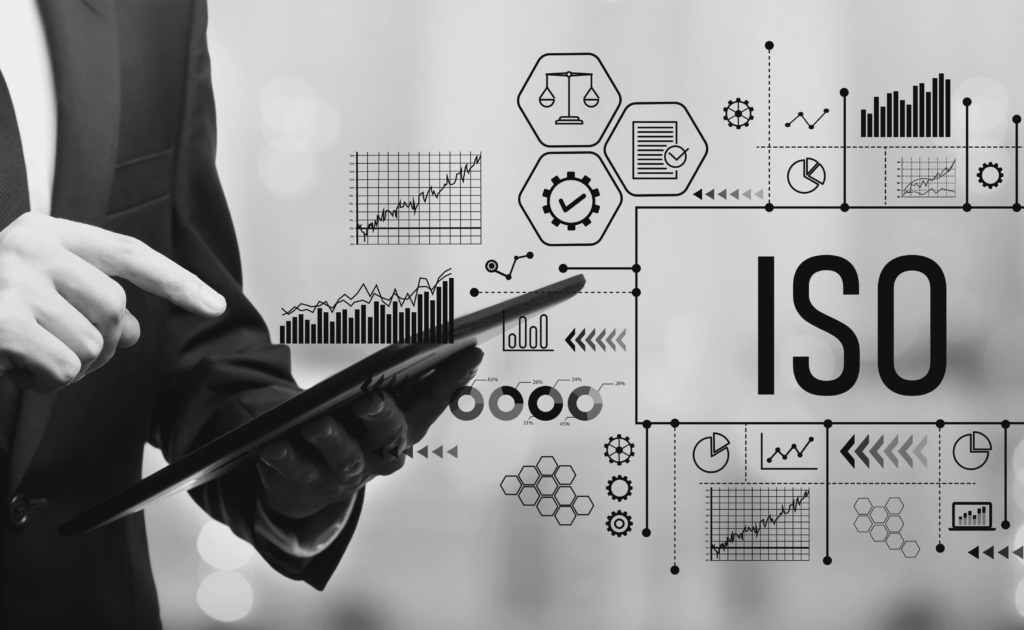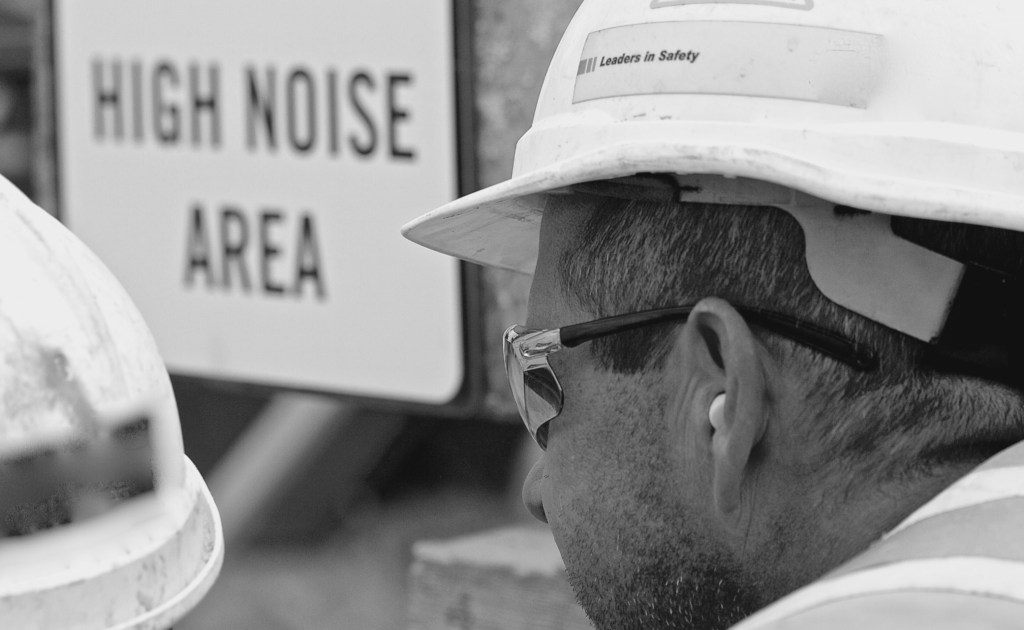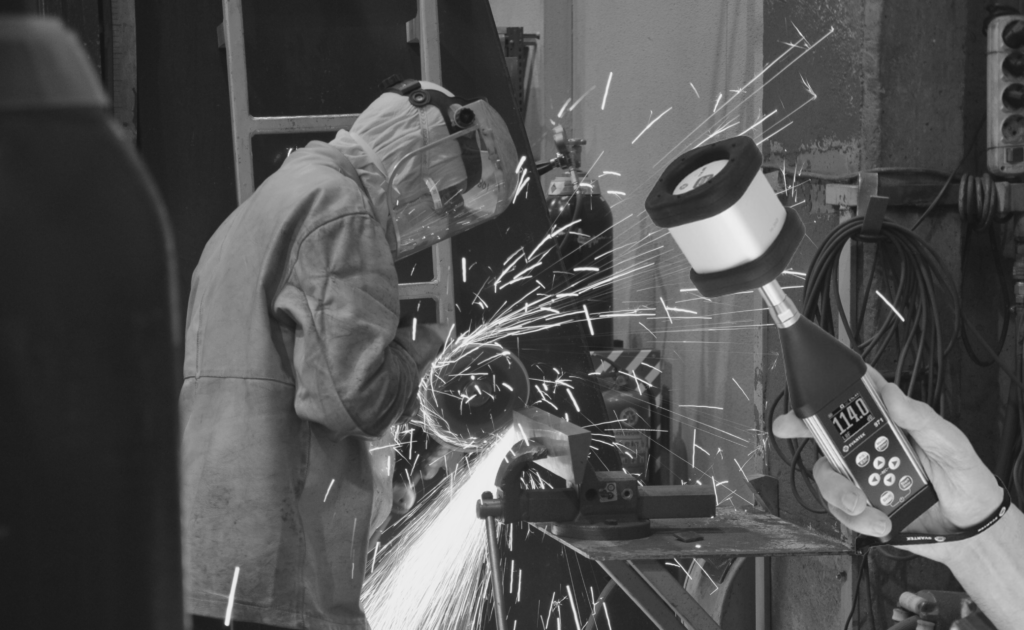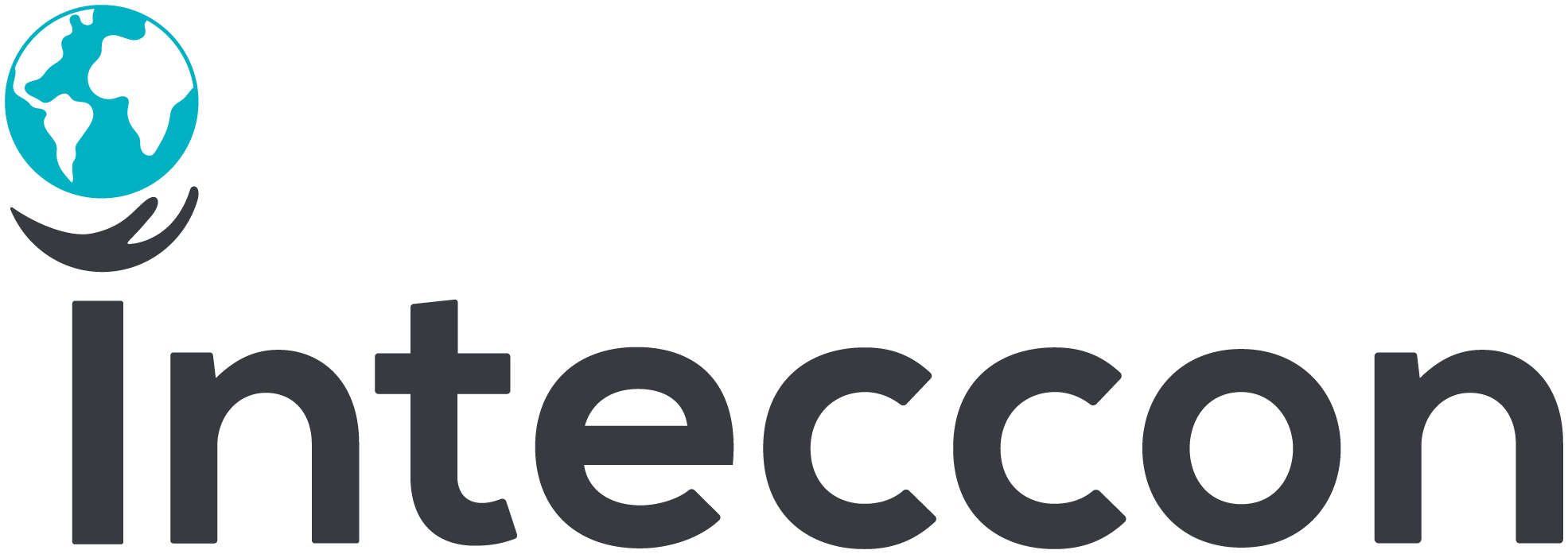
A hidden and insidious danger lurks in the industry, where machines hum and gears grind. Unlike the flashing lights of machinery or the bustle of workers on the factory floor, this danger does not make a grand entrance sneak up quietly. Noise, the ubiquitous companion of the modern workplace, has the potential to cause harm far beyond its sound waves. But how often does it get the attention it deserves? How often do we acknowledge the subtle threat that noise exposure poses to the well-being of workers and, ultimately, to the very fabric of industrial safety? A helpful tool is taking the stage to ensure the safety of employees: a noise dosimeter.
In a world where audacity is often celebrated, the subtlety of noise-related risks is overshadowed. Noise, the silent adversary, may not ruffle feathers or make headlines, but its consequences can reverberate through lives and livelihoods.
Allow yourself to imagine stepping into the shoes of an industrial worker. Amid the clattering of machinery and the rhythmic symphony of operations, your hearing—something we often take for granted—is under siege. Over time, the relentless assault of high decibels can pave the way for irreversible damage. It’s a threat in an engine’s hum, metal clang, and the ever-present background chorus. While we recognize the presence of noise, its potential for harm often eludes us.
This is where the noise dosimeter steps into the spotlight, embodying vigilance in a wearable form. It captures the sound, duration, and intensity of exposure—an intricate dance of data that yields insights into a worker’s noise dosage. Picture it as a silent guardian that records, calculates, and reveals the level of risk one faces, offering an unprecedented look into an otherwise hidden threat.
The beauty of the noise dosimeter is its simplicity, straightforward wearable designed to decipher complexity. As workers go about their daily tasks, this device captures the ebbs and flows of noise and elegantly integrates the variables to reveal the true extent of exposure. But the real magic isn’t just in the mechanics; it transforms data into actionable insights.
Imagine receiving a report that quantifies and contextualizes the noise you’re exposed to. Imagine understanding the risk levels associated with your job so you can make informed decisions about hearing protection and safety measures. The noise dosimeter serves as a beacon of understanding, bridging the gap between the intangible waves of sound and the tangible effects on health.
In the grand tapestry of industrial safety, the noise dosimeter plays a role beyond measurements and thresholds. It embodies the philosophy that security isn’t just about reacting to visible hazards but anticipating, preventing, and protecting. Revealing the hidden threat of noise it changes how we approach worker well-being.
Our goal is not only to increase your understanding of noise dosimeters but also to shed light on the profound difference they make in the lives of workers and the fabric of industrial harmony. Welcome to a world where decibels speak volumes, subtle hazards are revealed, and an unassuming instrument catalyzes safer, healthier workplaces.
Decoding the dynamics of noise dosimeters
As workers navigate the complicated dynamic of machinery, equipment, and operations, unseen elements such as noise can significantly impact their well-being. Often dismissed as a purely aural nuisance, noise carries a potential for harm far beyond its audible waves. Enter the unassuming yet indispensable protagonist – the noise dosimeter – a device that holds the key to unraveling the mysterious dynamics of noise exposure.
Imagine a device that elegantly blends technology and science, transforming the ephemeral into the empirical. A noise dosimeter, a compact, portable marvel, does just that. Its sensor, strategically placed near the ear, captures sound intensity and duration nuances throughout the workday. This data orchestration doesn’t just quantify noise-it creates an intricate chronicle of exposure, painting a vivid picture of a worker’s auditory journey.
What lies at the heart of a noise dosimeter’s calculations? Dosimetry-the science of measuring an absorbed dose. In the context of noise exposure, dosimetry becomes a revelation, merging the temporal and the sonic. Dosimeters provide insight into the potential impact on hearing health by assessing the cumulative amount of noise over time. But the magic of dosimetry doesn’t stop there- it translates these metrics into actionable data that empowers workers and safety professionals.
Also, it could be a scenario where a worker is armed with a report that includes not only the intensity of the noise but also the temporal context. Armed with this invaluable knowledge, decisions about protection and intervention become logical and intuitive. Noise dosimeters bring clarity to an area otherwise obscured by sound waves, enabling informed decisions that improve safety.
In the quest for accuracy, standards serve as guideposts. The world of sound dosimetry adheres to established standards, with ISO 9612 at the forefront that defines the specifications and requirements for these instruments. But measures go beyond calibration-they represent a commitment to precision, a guarantee of reliability, and a testament to a dedication to protecting workers’ health.
As diverse as the sound world is, so are the technologies that power sound dosimeters. Each innovation addresses specific needs in different industries, from integrated sound calibration to real-time monitoring capabilities. As we explore these technologies, we are venturing into a realm where the boundaries of protection and precision constantly expand.

The essence of ISO 9612
ISO standards, revered for their ability to unify practices across industries, bring their expertise to noise dosimetry through ISO 9612. More than just a set of rules, this standard is a meticulous blueprint for ensuring noise measurements’ accuracy, reliability, and comparability. Within its pages lies a comprehensive guide to the intricacies of dosimeter calibration, microphone requirements, frequency weighting, and more.
Let’s think about a world where measurements are accurate and calibrated to a global rhythm of excellence. ISO 9612 turns that imagination into reality by setting the stage for standardized practices in noise dosimetry. It harmonizes the calibration process, ensuring that dosimeters in different contexts resonate with the same degree of accuracy. This, in turn, enables industries to compare data, analyze trends, and make informed decisions across borders and industries.
Like a choreographer directing a ballet, ISO 9612 meticulously outlines the steps leading to compliance. From the specifics of calibration procedures to the nuances of uncertainty estimation, every note in the standard’s score aims to achieve a harmonious performance. It requires adherence to meticulous measurement techniques, meticulous documentation, and meticulous calibration routines-paving the way for data integrity and harmonization.
In occupational health, ISO 9612 protects workers from the potentially harmful crescendos of noise exposure. A standardized noise dosimetry framework ensures that decisions about protective measures are based on consistent, reliable data. Workers in industries as diverse as manufacturing, construction, and entertainment can experience the benefits of a harmonized approach to safety – one guided by the expertise of ISO 9612.
As industries evolve, so do the challenges they face. While firmly rooted in tradition, ISO 9612 carries the seeds of adaptability within it. It is a testament to the international community’s commitment to harmonizing practices, improving accuracy, and promoting safety. As technology advances and new frontiers emerge, ISO 9612 stands ready to lead the symphony of noise dosimetry, ensuring that the safety of music remains in perfect harmony.
Integrating precision and purpose
Consider the complexity of manufacturing and construction industries, where the auditory landscape can often resemble a symphony of varying intensities. Amid this orchestration, noise dosimeters emerge as instruments of profound importance. They can capture, analyze, and translate the dynamic interplay of sound waves into actionable insights. But the true beauty lies not only in their technical prowess but in their alignment with a profound purpose to ensure that the symphony of work doesn’t result in a dissonant chorus of hearing impairment and health concerns.
This section unravels the art of integrating precision and purpose in noise dosimetry. We explore how these devices stand as sentinels of safety orchestrated by a commitment to worker well-being and regulatory compliance.
The intricacies of noise dosimeter functionality
Within the seemingly unassuming shell of a noise dosimeter lies a symphony of advanced technology, intricate algorithms, and an ensemble of sensors converging with a singular purpose: to decipher the complex language of noise exposure.
At the heart of every noise dosimeter beats a network of sensors finely tuned to capture the nuances of sound. These sensors are meticulously calibrated to measure the intricate variations in sound pressure levels, frequency ranges, and time intervals that make up the sonic landscape of industrial environments. Like skilled musicians in an orchestra, each sensor contributes a unique piece to the puzzle, and together, they paint a comprehensive picture of an individual’s exposure to noise over time.
However, collecting raw data from sensors is just the prelude to the symphony of information that unfolds within the noise dosimeter. Complex algorithms take center stage, processing and analyzing the captured data to identify patterns, trends, and critical metrics illuminating the noise exposure level. Like skilled conductors, these algorithms decipher the intricate score of sound levels and durations and translate it into actionable insights.
Over time, the dosimeter accumulates these insights, gradually building a picture of an individual’s noise exposure. This accumulation, often called the “dose,” encapsulates the intensity of the noise and the duration over which it was experienced. This metric is the foundation upon which occupational health decisions are made – guiding the implementation of hearing protection, work schedules, and engineering controls.
The culmination of sensors, algorithms, and accumulations is not just an intricate technological marvel; it’s a vital tool that empowers industries to identify, quantify, and mitigate noise-related risks. By delving into the complexities of noise exposure, companies gain the ability to make informed decisions that prioritize worker safety and comply with regulatory standards. The precision of data and the purpose of protection come together in noise dosimetry to create a symphony of security that resonates across industries.

Complying with noise dosimeter requirements
Careful noise exposure assessment has emerged as a cornerstone in the ever-evolving workplace safety landscape. As industries strive to create environments that prioritize health and comply with regulatory standards, the role of noise dosimeters becomes paramount. These precision instruments, designed to measure and quantify the impact of noise on individuals, serve as critical tools in the pursuit of compliance and comprehensive risk mitigation.
The field of noise dosimetry extends far beyond the simple measurement of decibel levels. It delves into noise intensity, frequency distributions, duration, and cumulative effects on individuals over time. Regulations and standards set by organizations such as OSHA, ISO, and regional governing bodies outline specific criteria for acceptable noise exposure levels. These guidelines reflect a collective commitment to protecting workers’ hearing health and ensuring that workplaces adhere to a harmonized safety framework.
Navigating noise dosimeter compliance requires a comprehensive understanding of the many factors contributing to accurate and meaningful measurements. From the intricacies of sensor calibration to the sophisticated algorithms that process the data, every facet of the dosimeter’s functionality plays a critical role in meeting regulatory expectations. As industries strive to create environments that prioritize health and adhere to established standards, noise dosimeters are becoming indispensable assets meant to measure noise, ensure compliance, protect workers, and promote a safety culture.
Selecting the right noise dosimeter
The importance of choosing the right noise dosimeter cannot be overstated – it goes beyond mere compliance; it affects the accuracy of data, the effectiveness of preventive measures, and the overall well-being of the workforce.
The quest for accuracy is at the heart of selecting the right noise dosimeter. Accurate noise measurements are the foundation upon which critical decisions are made. Whether evaluating compliance with noise exposure regulations or implementing targeted hearing conservation strategies, the accuracy of a noise dosimeter directly affects the validity of the results. Choosing a dosimeter that conforms to recognized standards and provides a high level of accuracy ensures that the data generated is reliable and allows organizations to take action confidently.
Industries are diverse, and so are their noise exposure scenarios. Each environment presents unique challenges, from manufacturing floors to construction sites that require specific solutions. Choosing the right noise dosimeter means considering the unique needs of the domain in which it will be used. Factors such as frequency range, measurement capabilities, portability, and durability should be carefully evaluated. By tailoring the choice to the industry’s specific needs, organizations can get the most out of the dosimeter’s capabilities and gain insights that are directly applicable to their context.
More than just a data collector, the right noise dosimeter is a powerful tool that empowers decision-makers. Accurate and reliable data provides insights beyond compliance, enabling organizations to identify trends, predict potential risks, and refine noise management strategies. By choosing a noise dosimeter that offers real-time monitoring, easy-to-use interfaces, and comprehensive reporting, decision-makers can gain a deeper understanding of noise exposure patterns and make informed decisions that have a lasting impact on the health and safety of their workforce.

Navigating the sea of choices
As industries strive to protect their workers from the risks of noise exposure using various available options, each with unique features and capabilities, finding the ideal dosimeter for a specific application can be complex. Understanding the range of choices is necessary to make informed decisions that meet your needs.
Just as industries vary, so do the requirements for noise exposure assessment. Noise dosimeters come in a range of models, each designed to address specific scenarios and challenges. The choices are as diverse as the industries they serve, from basic models that provide basic noise exposure measurements to advanced models with real-time alerts and detailed data analysis capabilities.
Manufacturers offer options that address different frequency ranges, measurement modes, and wearability preferences, allowing organizations to find a dosimeter that fits seamlessly into their operating environment.
Using noise dosimeters spans many industries, each with nuances and requirements. From the high-energy environments of manufacturing and construction to the nuanced settings of healthcare and education, the choice of a noise dosimeter must be closely aligned with the context in which it will be used. Some dosimeters are designed to meet industry standards and regulations, ensuring accurate compliance assessment. Others come with features optimized for specific environments, such as remote monitoring for construction sites or extended battery life for long shifts. By exploring the options available and understanding how they align with the industry’s unique needs, organizations can select a noise dosimeter that serves as a precise solution rather than a generic tool.
A deliberate and systematic approach should guide the purchasing of a noise dosimeter. While the array of choices can be overwhelming, focusing on a few key considerations can simplify the decision. Factors such as accuracy, frequency range, measurement capabilities, portability, battery life, and data analysis capabilities should be evaluated against the specific needs of the industry and workforce.
Equally important is understanding the standards and regulations that apply to the particular environment to ensure that the selected dosimeter meets compliance requirements. By methodically evaluating these facets and seeking advice from experts in the field, organizations can navigate the sea of choices with clarity and confidence.
As industries set sail in search of the perfect noise dosimeter, the journey involves more than selecting a device. It consists of understanding the nuances of the workplace, anticipating challenges, and proactively addressing them. Each choice contributes to the common goal of protecting workers from excessive noise, ensuring that the journey leads to improved occupational health and safety.
Operating a noise dosimeter with precision
Accurately operating a noise dosimeter isn’t just a matter of convenience; it’s a critical step in ensuring accurate risk assessment and mitigating potential health effects.
Precision in noise exposure assessment is not a solitary pursuit; it cuts across multiple layers of workplace dynamics. A noise dosimeter that accurately measures sound levels is the cornerstone of informed decision-making. Whether it’s evaluating the effectiveness of hearing protection, determining regulatory compliance, or identifying high-risk areas in the workplace, the data collected by a well-chosen dosimeter serves as the basis for action plans.
On the other hand, inaccurate readings can lead to misdirected efforts, misallocating resources, and a false sense of security. Thus, the accuracy of a noise dosimeter’s readings directly impacts the efficiency and effectiveness of risk mitigation strategies.
At the heart of the search for the right noise dosimeter is a fundamental goal: preserving hearing health. The human auditory system is susceptible to even small changes in sound levels, and excessive noise exposure can cause irreversible hearing damage over time. This enables organizations to identify danger zones, take timely action, and ensure that workers receive the appropriate hearing protection. By protecting workers’ hearing health, industries meet their legal obligations and foster a culture of care and well-being within the workforce.
Choosing the right noise dosimeter requires careful consideration of its features, capabilities, and alignment with the industry’s unique needs. A dosimeter that accurately collects data in a specific work environment on a busy factory floor or in a quiet research lab ensures that the insights it provides are meaningful and actionable. In addition, a dosimeter selected to meet the needs of the industry enhances the reliability of noise exposure data, fostering confidence in the measurement process and the resulting risk mitigation strategies.
Accurate noise exposure assessment is the cornerstone of a holistic occupational health and safety approach. The knowledge gained from a well-chosen dosimeter reverberates throughout the organization, guiding the implementation of preventive measures, fostering a safety culture, and nurturing a workforce protected from the potential ravages of noise-induced hearing loss. The proper noise meter isn’t just a tool – it’s a key to a safer, healthier, and more productive work environment.

Ensuring reliability: calibrating your noise dosimeter
Noise dosimeters, the stalwarts of accurate noise exposure assessment, are sentinels in safeguarding workers’ auditory well-being. However, like any instrument, their accuracy can wane over time due to wear and tear or environmental conditions. Here is where the practice of calibrating your noise dosimeter assumes paramount importance. Beyond being a routine task, calibrating your dosimeter is a strategic investment in the reliability of your data, ensuring that the insights derived are a true reflection of the noise exposure landscape.
Calibration is the process of comparing the measurements of a device against a known standard to ascertain its accuracy. This practice entails verifying the instrument’s sensitivity, linearity, and frequency response in noise dosimeters. The calibration process bridges the gap between the dosimeter’s readings and the accurate sound levels it encounters. Over time, factors such as changes in microphone sensitivity or fluctuations in the dosimeter’s electronic components can lead to deviations from the desired accuracy. Calibration rectifies these discrepancies, aligning the dosimeter’s measurements with the established standards and thereby upholding the integrity of the data it generates.
Calibrating your noise dosimeter isn’t a solitary act—it initiates a chain reaction of accuracy that permeates throughout the noise exposure assessment process. Accurate dosimeter readings are the bedrock upon which risk mitigation strategies are built. From crafting effective hearing protection programs to determining compliance with noise regulations, calibrated dosimeters pave the way for actionable insights that yield tangible results. Moreover, accurate data fosters credibility, empowering organizations to confidently communicate their commitment to employee well-being to stakeholders, regulatory bodies, and the workforce itself.
In occupational health and safety, trust and compliance go hand in hand. Calibrating your noise dosimeter is a testament to your commitment to accuracy and transparency. Regular calibration not only safeguards the reliability of your data but also demonstrates diligence in adhering to industry standards and regulations. This commitment to precision extends beyond operational benefits—it nurtures a culture of accountability and care within the organization. Employees, knowing that their noise exposure assessments are based on accurate data, can place their trust in the protective measures implemented by the organization, fostering a sense of well-being and contributing to a harmonious work environment.
The notion of calibration might conjure images of time-consuming procedures, but the reality is quite the opposite. Modern calibration processes are designed to be efficient, ensuring that your noise dosimeters are back in operation swiftly. Considering the wealth of benefits that calibrated dosimeters bring to the table—from accurate risk assessment to compliance assurance—the time and resources invested in calibration become an investment in the quality and reliability of your occupational health and safety efforts.
Conclusion
In the din of the modern workplace, where machines hum, and operations orchestrate a symphony of sound, the silent threat of noise exposure often goes unnoticed. Yet the consequences of prolonged exposure to excessive noise can be far-reaching and irreversible, affecting not only the health of workers but also the very fabric of industrial safety. In this realm of subtlety, the noise dosimeter emerges as a hero, a guardian of worker well-being that deciphers the intricate dynamics of noise exposure.
The noise dosimeter is not just a tool; it’s a transformation. It embodies the essence of precision and purpose, offering an elegant solution to a complex problem. It unravels the hidden tapestry of noise exposure through an ensemble of sensors, algorithms, and accumulations, revealing the impact on workers’ auditory journeys. This data isn’t just about numbers; it’s a symphony of information that guides decisions, shapes policies, and protects lives.
Navigating the sea of choices and selecting the proper hearing protection is a journey of responsibility. It’s more than compliance; it’s about investing in accuracy, reliability, and the workforce’s well-being. Companies can make informed decisions that resonate across industries by harmonizing with industry standards, aligning with regulations set by organizations such as OSHA and ISO, and understanding the nuances of workplace dynamics.
Calibrating a noise dosimeter is a practice of dedication and care. It’s an investment in data integrity and the credibility of risk assessment. Beyond mere routine, calibration ensures that the symphony of noise exposure assessment remains in perfect harmony, providing accurate insights that drive meaningful action. By calibrating, organizations reinforce their commitment to precision and reliability and cultivate a culture of accountability and trust among their workforce.
In the grand narrative of industrial safety, the noise dosimeter is a protagonist that speaks volumes. It doesn’t just measure sound but care, responsibility, and a commitment to worker well-being. As industries evolve, technology advances and workplaces transform, the noise dosimeter stands ready to lead the symphony of noise exposure assessment, orchestrating a future where the chorus of safety resounds in perfect harmony. Welcome to a world where precision protects, and purpose prevails.
